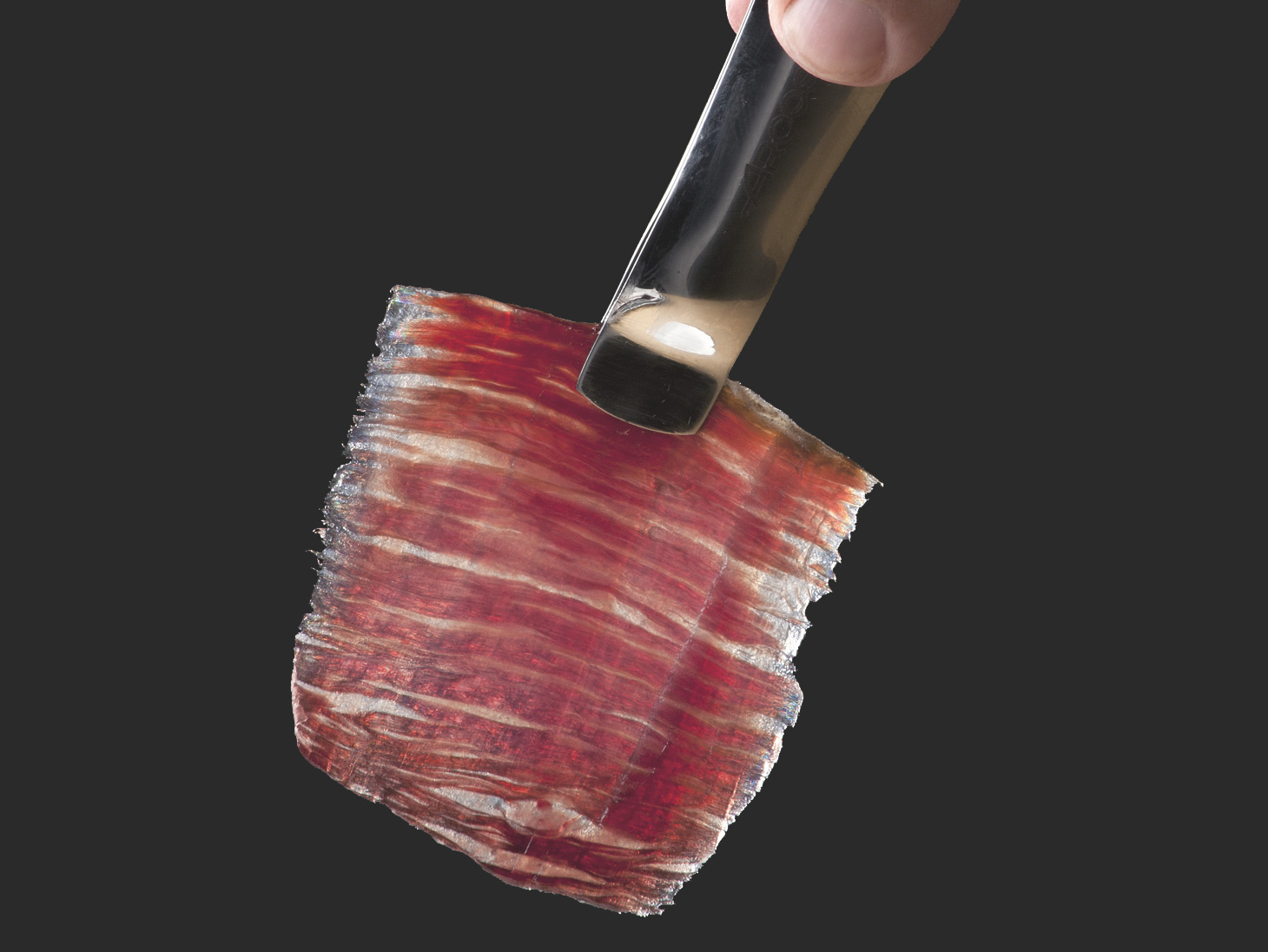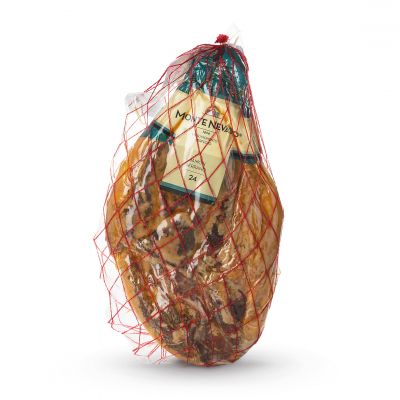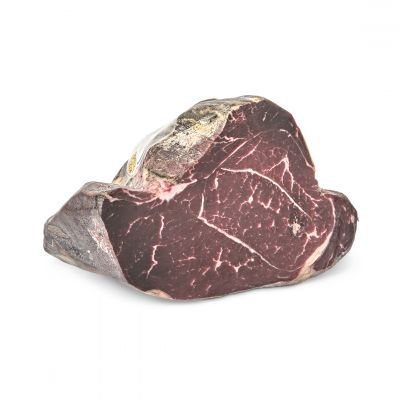
A tasting itinerary through the Spanish hams and charcuterie, which represent the long Spanish tradition of this art.
Thanks to the knowledges developed in the Iberian peninsula and brought by the Roman Empire, today a lot of cured meats are produced in Spain, first of all the Jamón Ibérico – known as Pata Negra – probably one of the most famous hams in the world.
Every product is the result of a complex mix of traditions, habits, weather conditions, breed’s characteristics and “savoir faire” of the producer. Let’s analyse two of these factors which influences the production in a decisive way: the weather and the breed.
The weather, so different from north to south, influences deeply the way of rearing and the production methods: you can find products with an intense taste, basically sapid, in Andalucia and the other southern regions, where Jamón Ibérico is produced. Instead, the milder and rainy weather of the north gives us more delicate hams, such as the Jamón de Teruel.
Finally, we have to remember the importance of the breed: we can taste the incredible Jamón Ibérico thanks to the Cerdo Ibérico – Iberian pig – and the Cecina thanks to the vaca vieja - old cow.
The Cerdo (pig) Ibérico has a black coat, it has a big size and the distinctive black nailm, from which the animal takes the name Pata (Paw) Negra (Black). This pig is reared with different levels of complexity which influences the quality classification of hams. Even the diet and the purity of the breed contribute to define the final product quality. In January 2014 a new regulation went into effect: the name Pata Negra can be used only to describe the hams (and pork shoulders) of 100% Iberian of pure Bellota quality descended from pigs of 100% pure breed. Here, the official classification for the Iberian hams in decreasing order of quality:
- 100% Ibérico Puro Bellota: 100% pigs of Iberian breed reared in the wild and fed with acorns (bellota)
- Bellota: pigs are not pure Iberian breed but descend from a mix of different breeds; animals are reared in the wild and fed with acorns
- Cebo de Campo: pigs descend from a mix of different breeds, are reared in the wild and fed with cereals and legumes
- Cebo: pigs descend from a mix of different breeds, are reared in farm and fed with cereals and legumes.
The slaughter of the vaca vieja (usually Rubia Gallega breed), to produce Cecina, used to take place after 5 years of life of the cow. This beef ham was traditionally produced at the end of the cow's “working life”, in this way, the family used to take advantage both of the work of the animal in the countryside and of its meats for the family sustenance. Thanks to the high presence of veins of fat, the meat was perfect for the production of Cecina.
Now the tasting, we suggest to compose the selection in this order: Jamón Serrano Bernuy, aged about 20 months and produced in Segovia; then Jamón de Teruel, matured at least 2 years at 1000 meters high, famous for its sweetness and the good presence of fat veins. We move to Andalucia region with Paleta Ibérica de Cebo de Campo made with the pork shoulder of Iberian pig by the Consorcio de Jabugo in Huelva. Riturning to Segovia we can find the Cabecero de Mangalica, a little capocollo made with pork of Mangalica race and seasoned with sweet paprika. We continue with a more complex ham, the Jamón Ibérico de Bellota, from 100% Iberian pigs; it is aged for 36 months and presents distinctive notes of toasted. We complete the selection with the Cecina de León, slightly smoked and aged more than 12 months by Cecinas Nieto in León.
Alessandro De Conto





